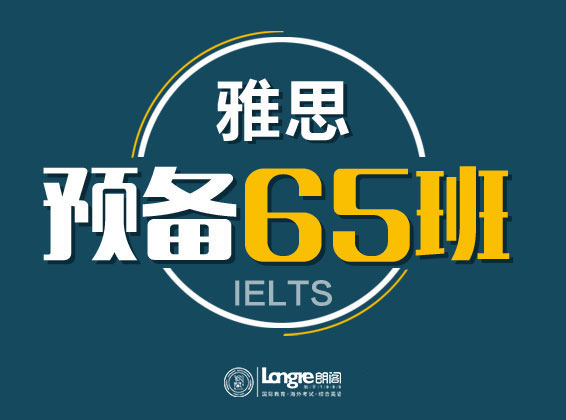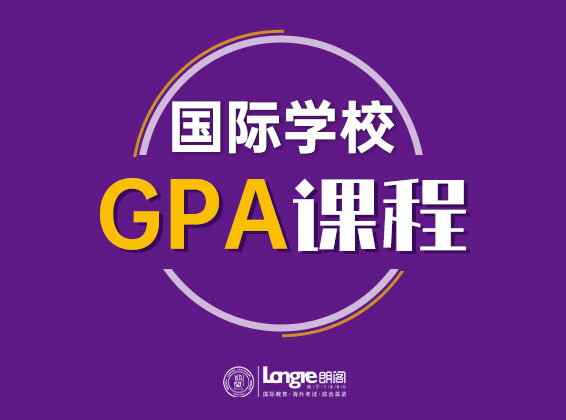|
P1 修复历史花园 P2 商业和社会 P3 运动和神经 朗阁讲师点评 1. 本次考试难度中等偏难。 2. 整体分析:涉及建筑历史类(P1)、商业类(P2)、医学类(P3)。 本场考试三篇文章整体来看细节题型偏多,填空题及判断比重较大,配对题主要为段落大意,**篇共两个题型(判断和填空),定位比较轻松,话题虽然偏陌生,但从题型搭配来看难度不大;第二篇文章为难度较大,话题比较陌生;第三篇虽然话题陌生,但细节题比较多,说明性质文体,行文方式学术化较强,难度略高。 3. 主要题型:本次考试配对题型比例较少,主要出现在第二篇及第三篇中,但细节题比例依旧维持之前考试风格,**篇及第三篇无论填空还是判断,都比较好定位。 4. 文章分析:**篇主要对新西兰古建筑花园的修复; 第二篇文章讲述商业的发展与社会的关系; 第三篇讲述对大脑运动神经的研究; 5. 部分答案及参考文章: Passage 1: 题型:判断+填空 答案待回忆 Passage 2: 题型:段落大意匹配+填空 相似文章参考: Corporate Social Responsibility Broadly speaking, proponents of CSR have used four arguments to make their case: moral obligation, sustainability, license to operate, and reputation. The moral appeal – arguing that companies have a duty to be good citizens and to “do the right thing” – is prominent in the goal of Business for Social Responsibility, the leading nonprofit CSR business association in the United States. It asks that its members “achieve commercial success in ways that honour ethical values and respect people, communities, and the natural environment. “Sustainability emphasises environmental and community stewardship. A. An excellent definition was developed in the 1980s by Norwegian Prime Minister Gro Harlen Brundtland and used by the World Business Council for Sustainable Development: “Meeting the needs of the present without compromising the ability of future generations to meet their own needs.” Nowadays, governments and companies need to account for the social consequences of their actions. As a result, corporate social responsibility (CSR) has become a priority for business leaders around the world. When a well-run business applies its vast resources and expertise to social problems that it understands and in which it has a stake, it can have a greater impact than any other organization. The notion of license to operate derives from the fact that every company needs tacit or explicit permission from governments, communities, and numerous other stakeholders to justify CSR initiatives to improve a company’s image, strengthen its brand, enliven morale and even raise the value of its stock. B. To advance CSR. we must root it in a broad understanding of the interrelationship between a corporation and society. Successful corporations need a healthy society. Education, health care, and equal opportunity are essential lo a productive workforce. Safe products and working conditions not only attract customers but lower the internal costs of accidents. Efficient utilization of land, water, energy, and other natural resources makes business more productive. Good government, the rule of law, and property rights are essential for efficiency and innovation. Strong regulatory standards protect both consumers and competitive companies from exploitation. Ultimately, a healthy society creates expanding demand for business, as more human needs are met and aspirations grow. Any business that pursues its ends at the expense of the society in which it operates will find its success to be illusory and ultimately temporary. At the same time, a healthy society needs successful companies. No social program can rival the business sector when it comes lo creating the jobs, wealth, and innovation that improve standards of living and social conditions over time. C. A company’s impact on society also changes over time, as social standards evolve and science progresses. Asbestos, now understood as a serious health risk was thought to be safe in the early 1900s, given the scientific knowledge then available. Evidence of its risks gradually mounted for more than 50 years before any company was held liable for the harms it can cause. Many firms that failed to anticipated the consequences of this evolving body of research have been bankrupted by the results. No longer can companies be content to monitor only the obvious social impacts of today. Without a careful process for identifying evolving social effects of tomorrow, firms may risk their very survival. D. No business can solve all of society’s problems or bear the cost of doing so. Instead, each company must select issues that intersect with its particular business. Other social agendas are best left to those companies in other industries, NGOs, or government institutions that are better positioned to address them. The essential test that should guide CSR is not whether a cause is worthy but whether it presents an opportunity to create shared value – that is, a meaningful benefit for society that is also valuable to the business. Each company can identify the particular set of societal problems that it is best equipped to help resolve and from which it can gain the greatest competitive benefit. E. The best corporate citizenship initiatives involve far more than writing a check: They specify clear, measurable goals and track results over time. A good example is General Electronics’s program to adopt underperforming public high schools near several of its major U.S. facilities. The company contributes between $250,000 and $1 million over a five-year period to each school and makes in-kind donations as well. GE managers and employees take an active role by working with school administrators to assess needs and mentor or tutor students. In an independent study of Ion schools in the program between 1989 and 1999, nearly all showed significant improvement, while the graduation rate in four of the five worst performing schools doubled from an average of 30% to 60%. Effective corporate citizenship initiatives such as this one create goodwill and improve relations with local governments and other important constituencies. What’s more, GE’s employees feel great pride in their participation. Their effect is inherently limited, however. No matter how beneficial (he program is, it remains incidental to the company’s business, and the direct effect on GE’s recruiting and retention is modest. F. Microsoft s Working Connections partnership with the American Association of Community Colleges (AACC) is a good example of a shared-value opportunity arising from investments in context. The shortage of information technology workers is a significant constraint on Microsoft’s growth; currently, there are more than 450,000 unfilled IT positions in the United States alone. Community colleges, with an enrollment of 11.6 million students, representing 45% of all U.S. undergraduates, could be a major solution. Microsoft recognizes, however, that community colleges face special challenges: IT curricula are not standardized, technology used in classrooms is often outdated, and there are no systematic professional development programs to keep faculty up to date. Microsoft’s $50 million five-year initiative was aimed at all three problems. In addition to contributing money and products, Microsoft sent employee volunteers to colleges to assess needs, contribute to curriculum development, and create faculty development institutes. Microsoft has achieved results that have benefited many communities while having a direct-and potentially significant-impact on the company. G. At the heart of any strategy is a unique value proposition: a set of needs a company can meet for its chosen customers that others cannot. The most strategic CSR occurs when a company adds a social dimension to its value proposition, making social impact integral to the overall strategy. Consider Whole Foods Market, whose value proposition is to sell organic, natural, and healthy food products to customers who are passionate about food and the environment. The company’s sourcing emphasises purchases from local farmers through each store’s procurement process. Buyers screen out foods containing any of nearly 100 common ingredients that the company considers unhealthy or environmentally damaging. The same standards apply to products made internally. Whole Foods’ commitment to natural and environmentally friendly operating practices extends well beyond sourcing. Stores are constructed using a minimum of virgin raw materials. Recently, the company purchased renewable wind energy credits equal to 100% of its electricity use in all of its stores and facilities, the only Fortune 500 company to offset its electricity consumption entirely. Spoiled produce and biodegradable waste are trucked to regional centers for composting. Whole Foods’ vehicles are being converted to run on biofuels. Even the cleaning products used in its stores are environmentally friendly. And through its philanthropy, the company has created the Animal Compassion Foundation to develop more natural and humane ways of raising farm animals. In short, nearly every aspect of the company’s value chain reinforces the social dimensions of its value proposition, distinguishing Whole Foods from its competitors. Passage 3: 题型:填空+判断+单选 待补充 考试建议 1. 本场考试从题型角度分析,定位会比较轻松,所以难度集中在理解上。在接下来考试中,在保证细节题型能够快速定位的前提下,尝试多找替换,结合上下文理解做题,考生要注意有可能出现大量配对题型集中的情况,不要过分依赖定位技巧,多练习理解定位。 2. 下场考试的话题可能有关环境类,技术类,教育类。 |
文中图片素材来源网络,如有侵权请联系删除










